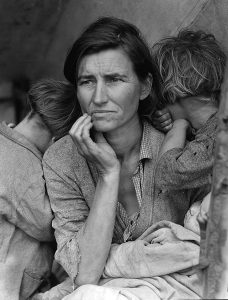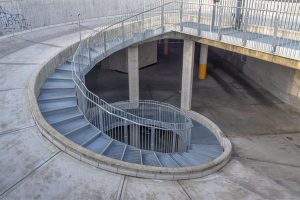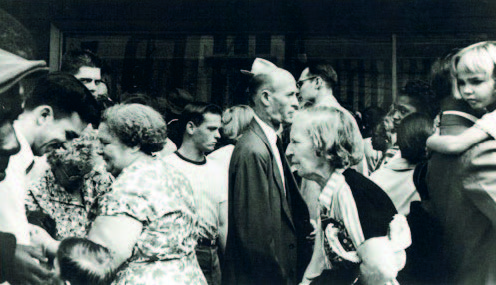Choose a key image from each of your chosen photographers / artists and find out as much as you can about that image…
-
Apply formal analysis to show your understanding of
- Composition (rule of thirds, balance, symmetry)
- Perspective (linear and atmospheric, vanishing points)
- Depth (refer to aperture settings and focus points, foreground, mid-ground and back-ground, leading lines etc)
- Scale (refer to proportion, but also detail influenced by medium / large format cameras)
- Light ( intensity, temperature, direction)
- Colour (colour harmonies / warm / cold colours and their effects)
- Shadow (strength, lack of…)
- Texture and surface quality
- Tonal values ( contrast created by highlights, low-lights and mid-tones)
-
Then discuss how you can tackle the 4 Assessment Objectives below
AO1: Develop your ideas through sustained and focused investigations informed by contextual and other sources, demonstrating analytical and critical understanding
AO2: Explore and select appropriate resources, media, materials, techniques and processes, reviewing and refining ideas as work develops
AO3: Record ideas, observations and insights relevant to intentions, reflecting critically on work and progress
AO4: Present a personal and meaningful response that realises intentions and, where appropriate, makes connections between visual and other elements
————————————————————————————-
Then discuss…
The Concept = idea, intention
The Context = eg : An environmental portrait is a good example of a photo that can combine impact and context. The subject is shown in his or her environment, and the surroundings provide information about the subject. A standard headshot shows what someone looks like, but an environmental portrait can speak volumes about a person
Example : The Auschwitz Album is a perfect example of the importance of knowing the context in which photographs were taken. For instance, the picture below is an innocent picture of women standing together in front of a building. They stand together with their babies and children, and seem happy to look at the photographer who is taking the picture. There is no sign of stress, no hint of violence; most of the women are calm – all except one who looks like she is trying to comfort a baby.
Birkenau, Poland, Jewish women and children in front of Crematorium III, 05/1944
Yet, because we have the benefit of research, we know that these women are standing in front of one of the four massive extermination installations at Birkenau
In the gas chamber of this building (which is located below ground, perpendicular to where the women are standing), two thousand people at a time could be murdered. Behind the double windows of the building visible in the picture are fifteen ovens, vented through the chimney that is partly visible in the upper left-hand corner of the photo, used to turn the bodies of the unsuspecting victims (like those in the photo) into ash.
————————————————————————————-
This is a useful link to help you understand, analyse and explain photographs
http://www.photopedagogy.com/photo-literacy.html








